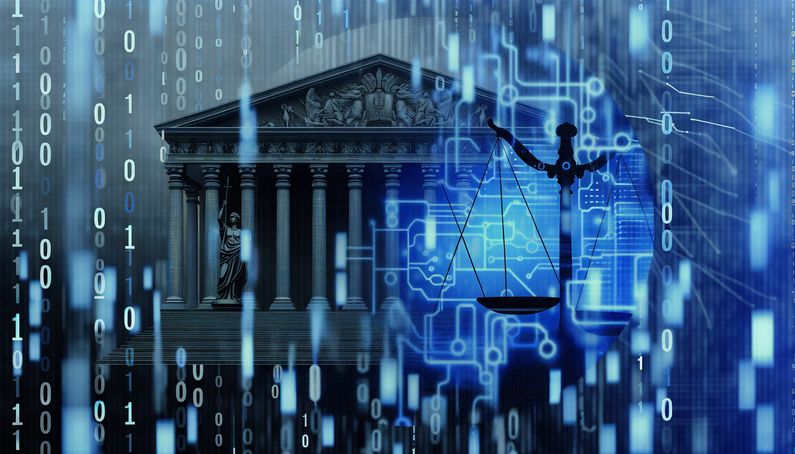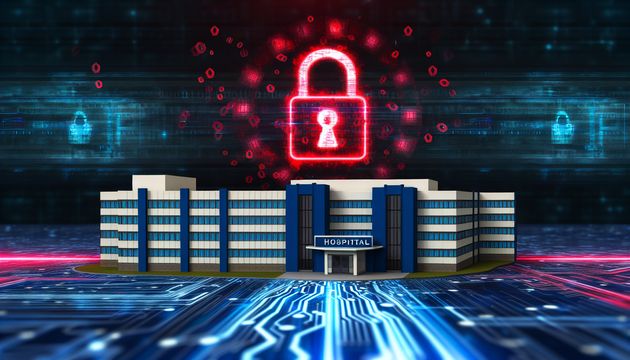
Texas State Bar Data Breach: A Wake-Up Call for Legal Cybersecurity
The Texas State Bar data breach, orchestrated by the notorious INC ransomware gang, serves as a stark reminder of the vulnerabilities inherent in even the most established institutions. Between January 28 and February 9, 2025, cybercriminals infiltrated the Bar’s network, exfiltrating sensitive data such as Social Security numbers and financial account details. This breach, only discovered on February 12, 2025, underscores the critical need for timely detection and response mechanisms (BleepingComputer). The compromised data, which includes personal identifiers and financial information, poses significant risks of identity theft and financial fraud (Comparitech). As the second-largest bar association in the United States, the Texas State Bar’s breach highlights the broader implications for data security within the legal community, emphasizing the need for robust cybersecurity measures and incident response plans.
Unauthorized Access and Data Exfiltration
The Texas State Bar data breach, attributed to the INC ransomware gang, involved unauthorized access to the organization’s network between January 28 and February 9, 2025. During this period, threat actors were able to exfiltrate sensitive information, including full names, Social Security numbers, financial account details, and other personal identifiers (BleepingComputer). The breach was only discovered on February 12, 2025, highlighting a significant delay in detection and response.
Nature of Stolen Data
The compromised data encompassed a wide array of sensitive information. Specifically, the breach exposed Social Security numbers, financial account information such as credit and debit card numbers, driver’s licenses, and medical and health insurance details (Comparitech). This breadth of data exposure underscores the potential for identity theft and financial fraud, posing significant risks to the affected individuals.
Response and Mitigation Efforts
Notification and Support for Victims
Upon discovering the breach, the Texas State Bar promptly notified approximately 2,700 affected individuals. The organization offered free credit and identity theft monitoring services through Experian, urging victims to enroll by July 31, 2025 (BleepingComputer). Additionally, recipients were advised to consider activating a credit freeze or placing a fraud alert on their credit files to mitigate potential risks from the data exposure.
Legal and Regulatory Implications
The breach has significant legal and regulatory implications, particularly in light of Texas’ comprehensive data privacy law, the Texas Data Privacy and Security Act (TDPSA), which went into effect on July 1, 2024 (Texas Bar). The Texas Office of Attorney General (OAG) is responsible for enforcing these statutory cybersecurity and data protection requirements. The incident may prompt increased scrutiny and enforcement actions by the OAG, emphasizing the importance of compliance with data protection regulations.
Impact on the Legal Community
Organizational Repercussions
The breach has significant ramifications for the Texas State Bar, the second-largest bar association in the United States, with over 100,000 licensed attorneys (BleepingComputer). As the organization responsible for regulating the legal profession in Texas, overseeing licensing, continuing legal education, ethical compliance, and disciplinary actions, the breach undermines its credibility and trust among its members and the public.
Broader Implications for Legal Data Security
The incident highlights the broader implications for data security within the legal community. Law firms and legal organizations handle vast amounts of sensitive client data, making them attractive targets for cybercriminals. The breach serves as a stark reminder of the need for robust cybersecurity measures and incident response plans to protect sensitive information and maintain client trust.
Lessons Learned and Best Practices
Importance of Timely Detection and Response
The delay in detecting the breach until February 12, 2025, underscores the critical importance of timely detection and response to cybersecurity incidents (BleepingComputer). Organizations must invest in advanced threat detection technologies and establish clear incident response protocols to minimize the impact of data breaches.
Enhancing Data Protection Measures
The breach emphasizes the need for enhanced data protection measures, including encryption of sensitive data, regular security audits, and employee training on cybersecurity best practices. Organizations should also implement multi-factor authentication and access controls to prevent unauthorized access to sensitive information.
Collaboration and Information Sharing
The incident highlights the importance of collaboration and information sharing among legal organizations, cybersecurity experts, and law enforcement agencies. By sharing threat intelligence and best practices, organizations can better defend against cyber threats and improve their overall security posture.
Future Considerations
Evolving Threat Landscape
The Texas State Bar breach is indicative of the evolving threat landscape, where ransomware gangs and other cybercriminals are increasingly targeting legal organizations. As cyber threats continue to evolve, organizations must remain vigilant and adapt their security strategies to address emerging risks.
Regulatory Developments
The breach may prompt further regulatory developments and enforcement actions in the realm of data privacy and cybersecurity. Legal organizations must stay informed of regulatory changes and ensure compliance with data protection laws to avoid potential penalties and reputational damage.
Building a Culture of Security
Ultimately, the breach underscores the need for legal organizations to build a culture of security, where cybersecurity is prioritized at all levels of the organization. By fostering a security-conscious culture, organizations can better protect sensitive information and maintain the trust of their clients and stakeholders.
Final Thoughts
The Texas State Bar data breach is a cautionary tale for legal organizations worldwide. It highlights the urgent need for enhanced cybersecurity measures and a proactive approach to data protection. The breach not only affected thousands of individuals but also challenged the credibility of a major legal institution (BleepingComputer). As cyber threats continue to evolve, legal organizations must prioritize building a culture of security, ensuring compliance with data protection laws, and fostering collaboration with cybersecurity experts and law enforcement agencies. By doing so, they can better protect sensitive information and maintain the trust of their clients and stakeholders.
References
- BleepingComputer. (2025). Texas State Bar warns of data breach after INC ransomware claims attack. https://www.bleepingcomputer.com/news/security/texas-state-bar-warns-of-data-breach-after-inc-ransomware-claims-attack/
- Comparitech. (2025). Texas State Bar data breach leaks SSNs and financial info; ransomware gang claims responsibility. https://www.comparitech.com/news/texas-state-bar-data-breach-leaks-ssns-and-financial-info-ransomware-gang-claims-responsibility/
- Texas Bar. (2024). Texas Data Privacy and Security Act. https://www.texasbar.com/AM/Template.cfm?Section=articles&ContentID=66182&Template=/CM/HTMLDisplay.cfm



